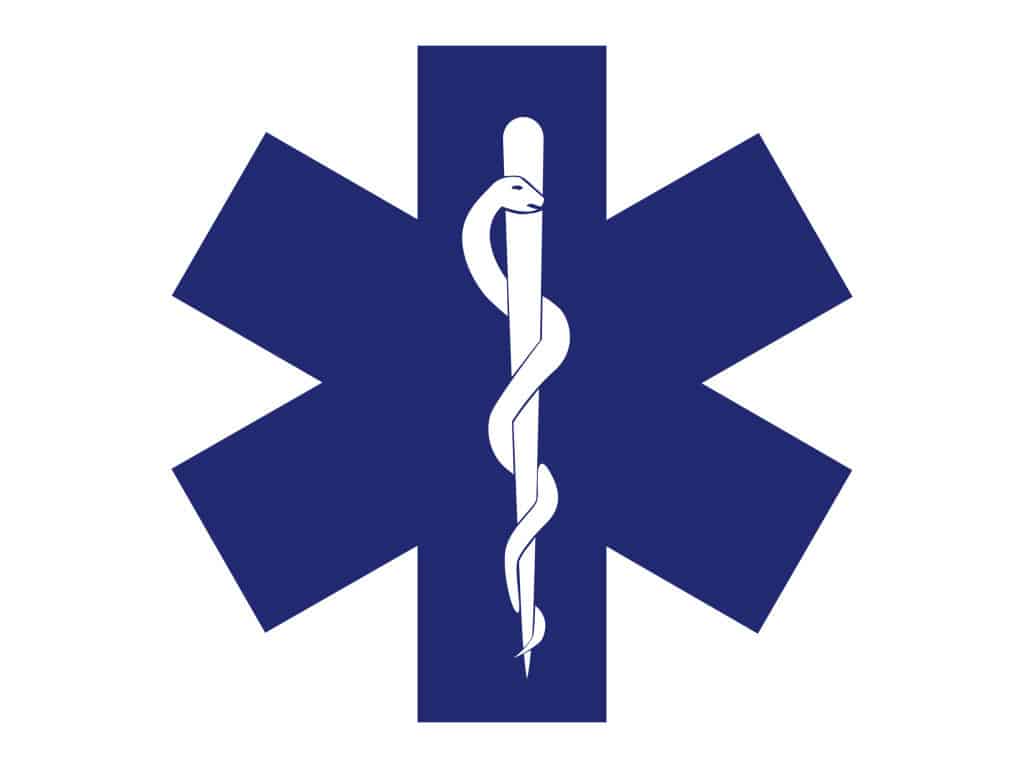
Becoming EMT certified requires a lot of “by the book” training. EMT students memorize certain “normal” vital values. They memorize SAMPLE questions, the OPQRST acronym, and so on and so forth.
This computerized, robotic way of looking at emergency scenarios can be both effective and cumbersome at the same time. It is extremely effective to help responders maintain their cool, and analyze their surroundings in a consistent and efficient way. However, when I was learning this approach, I will admit that I thought it was a little foolish, and more importantly, I thought that it was a big waste of time. If someone is truly having an emergency, don’t they need to be transported and helped right away? If I am asking them all these “necessary” questions, analyzing my surroundings, and so on and so forth aren’t I just wasting precious time?
Maybe.
But maybe that person having chest pain could be suffering from heartburn if questions about the pain are asked to the patient.* Maybe the old lady who fell and hit her hip doesn’t ever remember falling, suggesting that there is a bigger problem than only musculature deficiencies. Maybe the child complaining of shortness of breath wouldn’t have remembered eating a peanut cookie if he wasn’t asked.
Urgency is extremely important in responding to patients, and each responder should imagine the worst case scenario for each patient – it’s better to be safe than sorry. However, the ABCs, SAMPLE and OPQRST questions, analyzing surroundings, etc. are extremely important for EMTs to use to help them investigate the cause of the problem. While responders are not tasked with the job of diagnosing injuries, their questions and investigations are needed to help nurses, PAs, NPs, and doctors treat the patient later on.
Proper investigation and analysis should never be sacrificed for urgency. Obviously the amount of inquiry varies from patient to patient. A multiple trauma victim should not be treated the same way as someone with a dislocated finger. It is up to the EMT to find this perfect balance.
*Like stated later in the article, the worst case scenario should always be imagined, and patients treated and transported as protocol mandates (i.e. the patient is having a heart attack, not heartburn).


